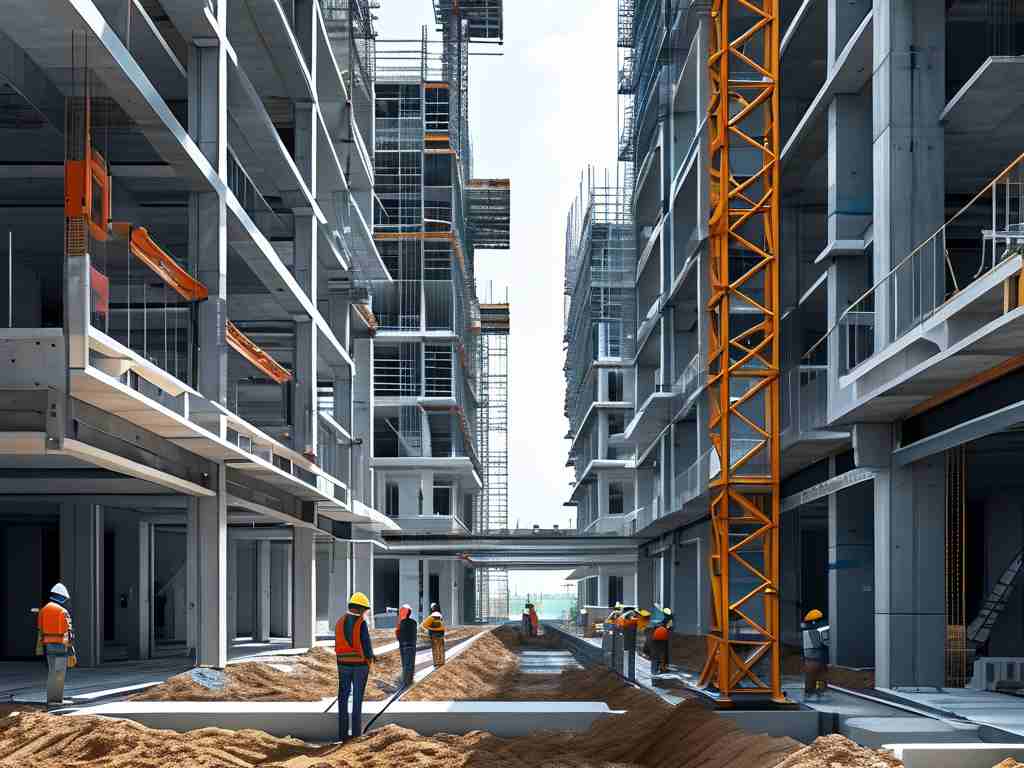In the rapidly evolving construction industry, automation has emerged as a game-changer for project deployment. By integrating advanced technologies, teams can streamline workflows, reduce errors, and accelerate timelines. This article explores practical approaches to implementing automated deployment systems while addressing common challenges and offering actionable insights.

The Rise of Automation in Construction
Traditional construction deployment often relies on manual processes, which are time-consuming and prone to human error. Automation introduces tools like robotic process automation (RPA), IoT sensors, and AI-driven analytics to optimize tasks such as resource allocation, equipment scheduling, and site monitoring. For instance, automated systems can analyze soil stability data in real time, enabling faster decision-making during foundation work.
Key Components of an Automated Deployment Framework
- Integrated Software Platforms: Tools like BIM (Building Information Modeling) and ERP systems unify project data, allowing stakeholders to collaborate seamlessly. A centralized dashboard might track material deliveries, workforce availability, and regulatory compliance checks.
- IoT and Sensor Networks: Deploying sensors across construction sites enables real-time tracking of equipment usage and environmental conditions. For example, smart cement mixers can automatically adjust water ratios based on humidity levels.
- Predictive Analytics: Machine learning models forecast potential delays by analyzing historical data and weather patterns. This allows teams to proactively adjust schedules or allocate additional resources.
# Example: Predictive delay alert system
import pandas as pd
from sklearn.ensemble import RandomForestRegressor
def predict_delay(weather_data, historical_records):
model = RandomForestRegressor()
model.fit(historical_records, weather_data)
return model.predict(next_week_forecast)
Overcoming Implementation Challenges
While automation offers clear benefits, adoption barriers persist. Cost remains a primary concern, especially for small firms. However, modular solutions like cloud-based SaaS platforms now offer scalable pricing models. Another challenge is workforce training; companies must invest in upskilling programs to ensure teams can operate new tools effectively.
Case studies reveal measurable outcomes. A mid-sized contractor in Texas reduced rework rates by 40% after deploying automated quality-check drones, while a Japanese firm cut permit approval times by 25% using AI document processing.
Future Trends and Recommendations
The next frontier includes autonomous heavy machinery and blockchain-based supply chain tracking. To stay competitive, firms should:
- Start with pilot projects targeting high-impact areas like safety inspections
- Partner with tech providers for customized solutions
- Establish metrics to quantify ROI, such as reduced overtime hours or faster project handovers
By embracing automation strategically, construction teams can transform deployment processes into lean, data-driven operations that deliver projects on time and under budget.



